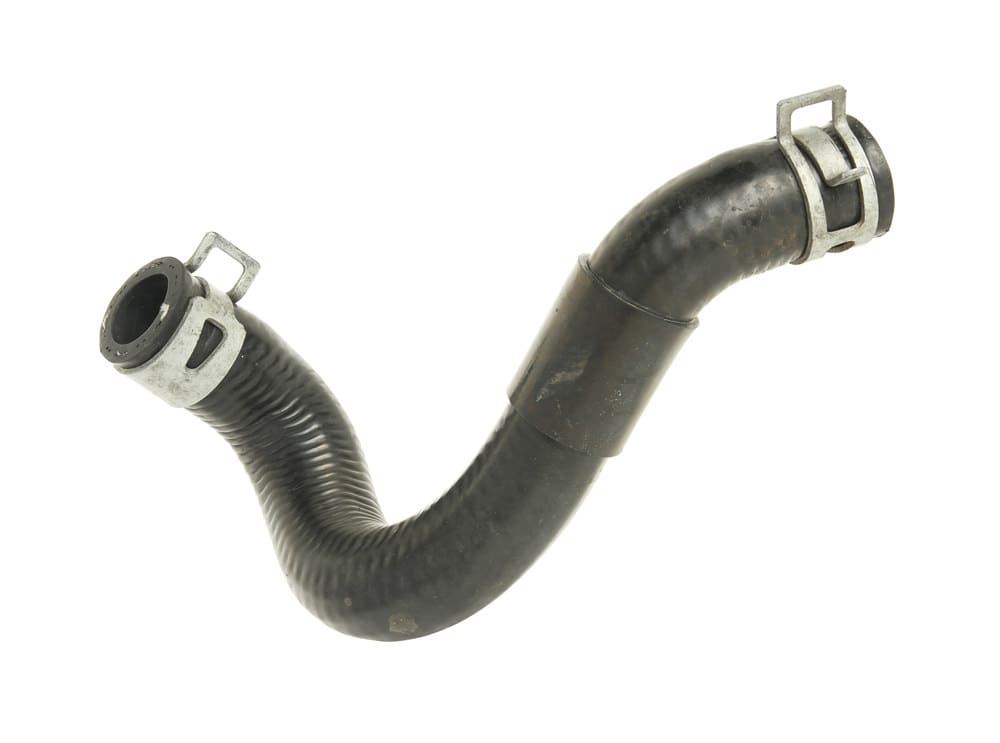

Your radiator serves an essential purpose: it helps to eliminate the heat collected by the engine coolant from the engine. Of course, for it to do this, coolant has to cycle through the radiator from the engine. That job is handled by two radiator hoses – one at the top to handle the heated coolant, and one at the bottom for the cooled coolant.
Radiator hoses are subject to a lot of wear and tear, including heat and pressure. If you’ve noticed that one of the hoses has swollen (usually the upper radiator hose), then it is about to succumb to these threats. First and foremost – a swollen hose is a danger. It could “blow” at any time and should be replaced by a professional immediately.
Why hoses become swollen
There are three primary causes for a hose to become swollen. The first is too much pressure. If you’ve recently replaced your radiator cap, there’s a chance that it is creating too much pressure in the system (this is sometimes seen with generic caps). Second, hoses are subject to wear from the inside out. If the interior of the hose has been worn away, it may look fine to a casual observation, but the rubber has become very thin. Sometimes this creates bubbles or blisters, but if the wear is significant, a large portion of the hose can swell.
Finally, hoses can become swollen when exposed to very high heats. If your engine has overheated (due to a stuck thermostat, low coolant or for some other reason), it’s possible for superheated coolant to swell the hose.
Swollen hoses should be replaced as soon as possible. This applies to radiator hoses, as well as other hoses under the hood. Power steering fluid hoses and brake fluid hoses can also swell up, and this is always a sign of deterioration and impending failure. Work with a trusted mechanic to replace your hoses with OEM-compliant parts.



